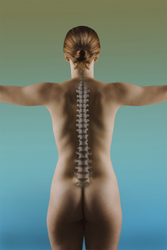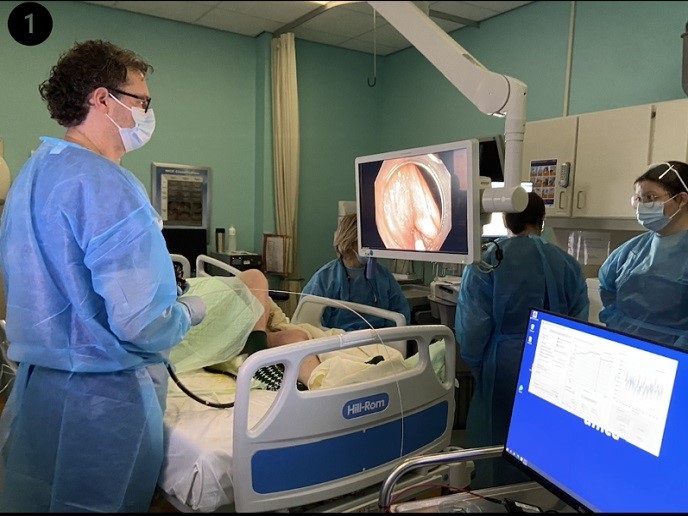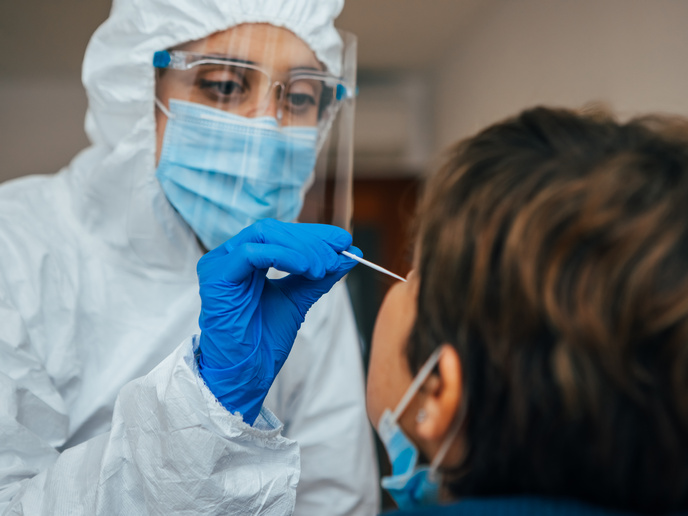Bone-forming drugs for osteoporosis
Osteoporosis is a major healthcare problem in Europe, progressing as the ageing population increases. It is characterised by reduced bone density, commonly caused by accelerating bone loss. The available drugs target prevention of bone mass loss, but fail to effectively repair damaged bone tissue. Recently, the first anti-osteoporosis drug was approved, indicating that osteoporosis can also be treated with ‘bone-forming drugs’. The EU-funded ‘Molecular mechanisms of bone formation and anabolism’ (Anabonos) initiated a joint effort to better understand the molecular pathways involved in bone formation. The ultimate goal of this research was to determine potential therapeutic targets for osteoporosis’ prevention and treatment. Researchers used mutagenesis and genetic mapping in mice models to elucidate the role of specific proteins in regulating bone formation.In addition, activated signalling pathways were determined, leading to increased bone formation in human genetic diseases. The project defined important downstream biological effectors that control bone development in mice. Up- or downregulation of these effectors might lead to increased bone formation. Furthermore, osteoclasts, which contrary to osteoblasts resorb bone, seem to be stimulated in osteoporosis, highlighting them as potential therapeutic targets. Anabonos has provided the scientific community with molecular details on the mechanism involved in bone formation. Key proteins of this process are potential drug targets for the prevention of bone loss and the activation of bone formation in osteoporosis.







